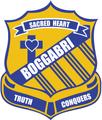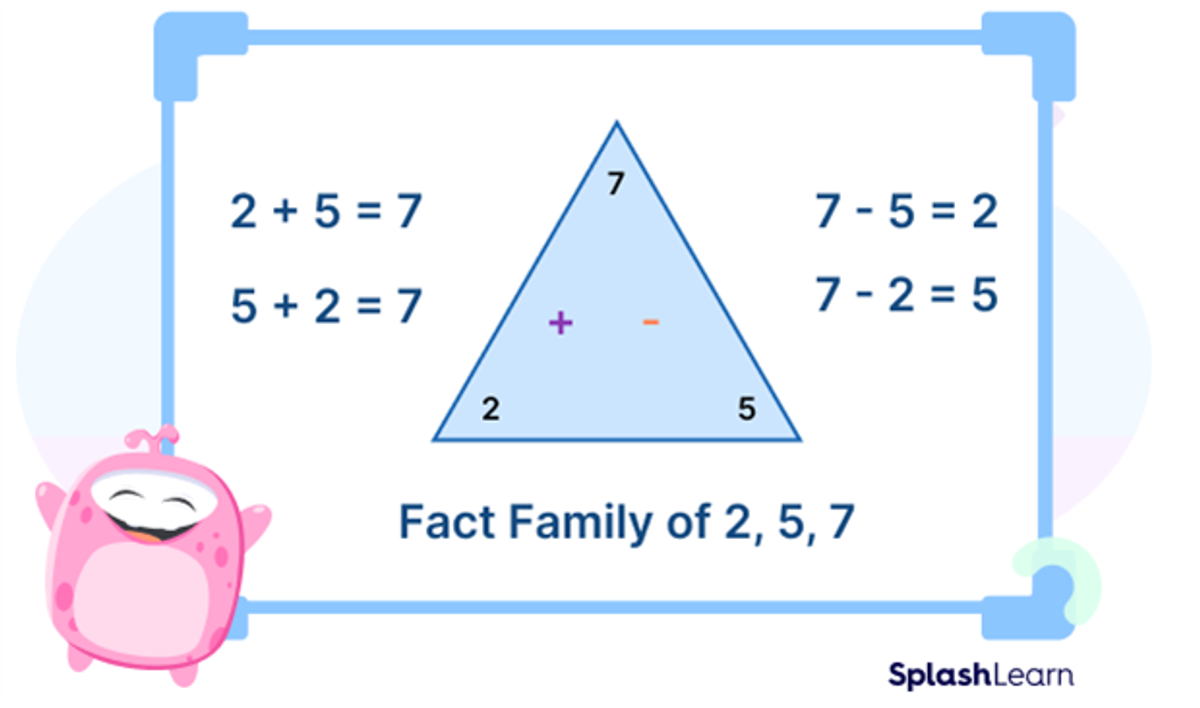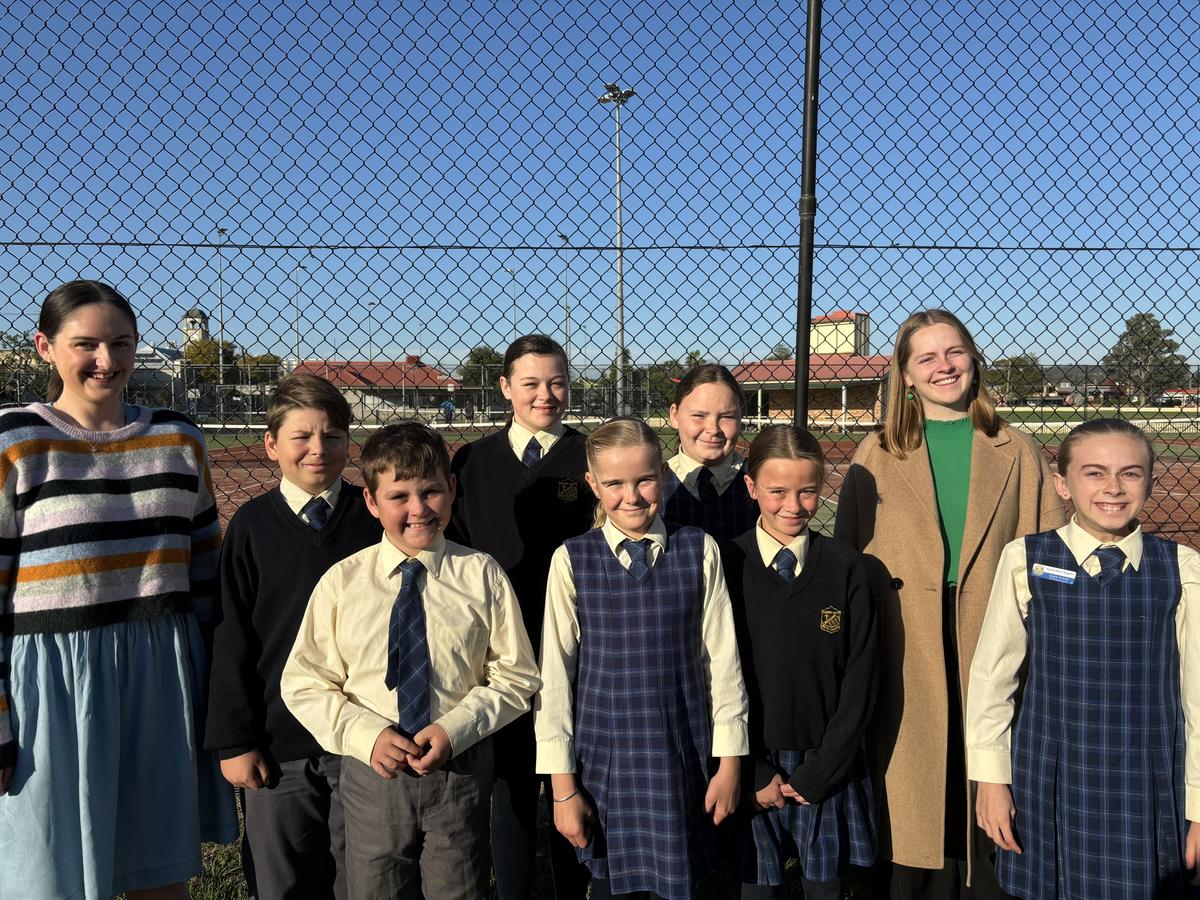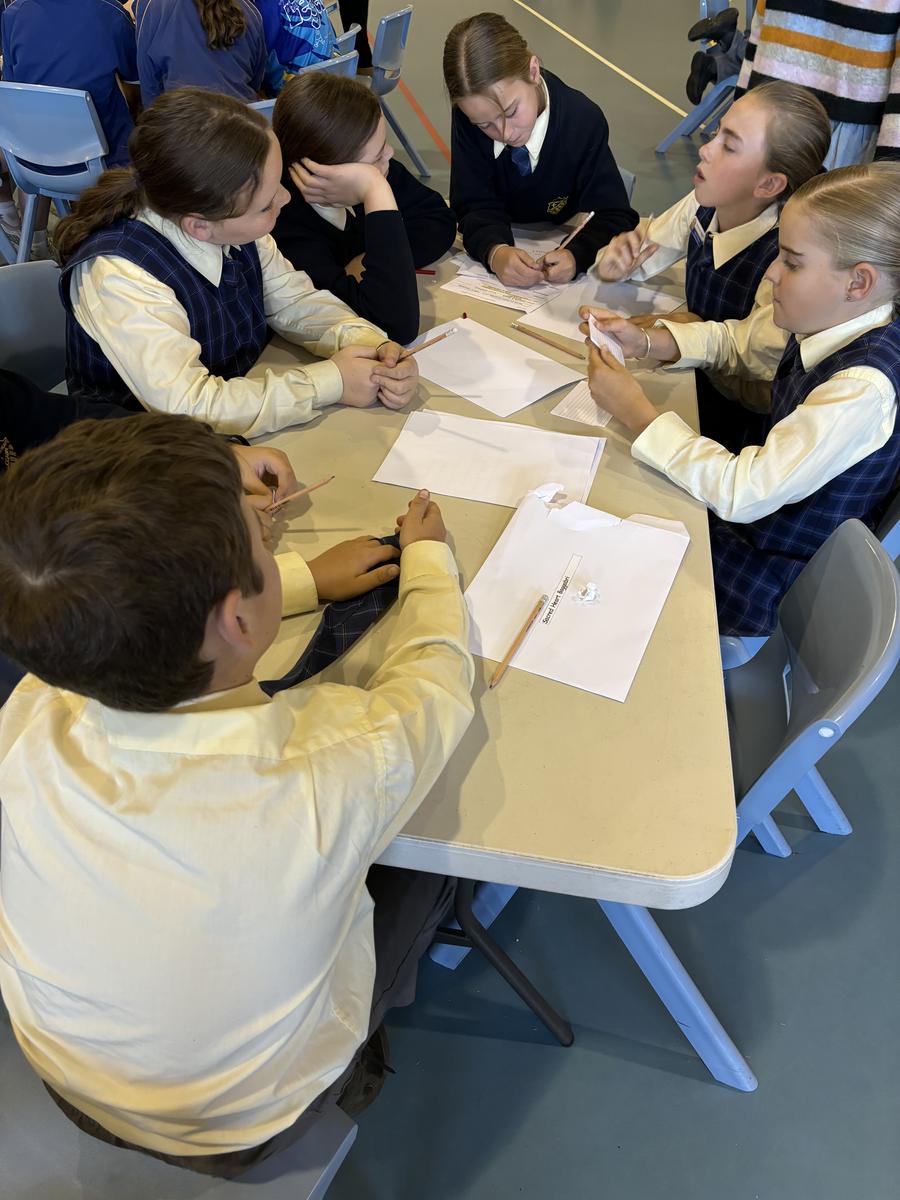Spotlight on the Classroom
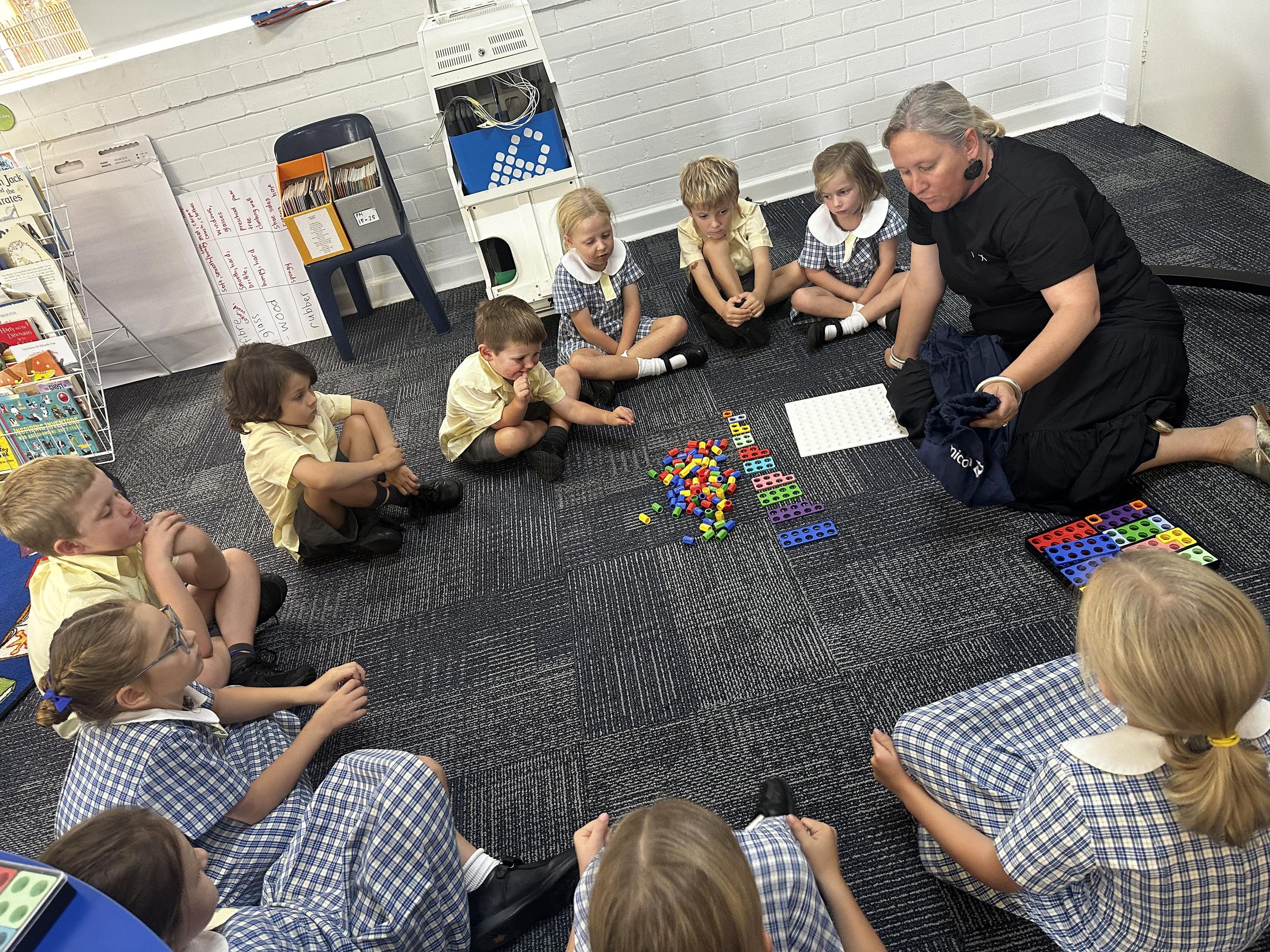
SPOTLIGHT ON K-2
ES1 - Combining and Separating Quantities
Why is it important?
Counting is usually the first basic math skill that young children learn, but new kindergarten students may have no understanding that numbers represent quantities and have relationships to other numbers. Addition helps children master the relationships between numbers and understand how quantities relate to one another. Even when kindergarten students can't reliably answer addition problems or manipulate large numbers, basic addition skills give them a framework for mastering math in the early years of schooling.
Modelling number relations assists in building the generalisation that it does not matter which order you add the numbers, the total is still the same.
TIPS FOR PARENTS:
- playing adding board games such as Snakes and Ladders
- using everyday materials to model addition. For example, start with 5 spoons from the cutlery drawer, now add 4 more spoons. How many are there altogether?
- Encourage your child to help you when out shopping by counting and collecting objects to put into the basket, e.g. ‘Can you get 2 apples? (add more) How many do we have altogether?’
- When playing with building bricks or small toys, encourage your child to count how many of each colour or size.
- Play simple board games and encourage your child to count the spots shown on the dice and the number of spaces to move.
- Sing number-themed ......... counting rhymes and use your fingers or small props to help count the items, e.g. 10 Green Bottles.
Stage 1 - Inverse Operations
Why is it important?
Recognising the inverse relationships between the operations equips students with greater flexibility in working with numbers than if the facts are learned in isolation.
Students should recognise that for a fact such as 3 + 4 = 7 there are three other facts:
4 + 3 = 7
7 − 3 = 4
7 − 4 = 3.
TIPS FOR PARENTS:
Fact Families and Addition & Subtraction Facts
Recently, your child has been learning about Fact Families. What is a fact family?
Fact families are usually represented in the form of a triangle, as shown in the below image. The three numbers forming the fact family are written in the three corners (near the vertices) of the triangle.
The operation’s sign connecting the three numbers is usually written in the middle. For the addition fact family, the sum of the numbers is usually written at the top vertex, and the numbers being added are written at the vertices at the bottom.
Take a look at the fact family triangle with fact family numbers 2, 5, 7.
BRAIN OLYMPIA - TAMWORTH
Last Wednesday, students from Years 4-6 competed in Brain Olympia. They competed in various activities, ranging from trivia on Literacy, HSIE, and current events to problem-solving math problems, public speaking, and finally, drama.
All students are to be commended for how they carried themselves throughout the day. They represented our school with pride and tried their best in each activity. I was fortunate enough to participate in the judging of the drama performances. I am immensely proud of our students' teamwork while planning, rehearsing and performing their skit.
Thank you to Mrs Groves and Mrs Carrigan for driving some of the students to Tamworth on the school's behalf. We appreciate you taking time from your busy days to help out.
